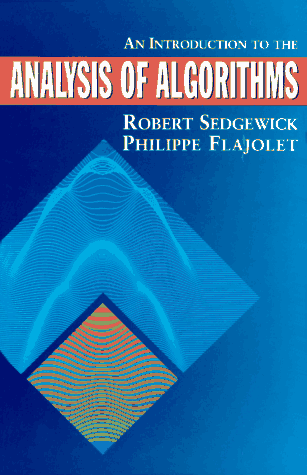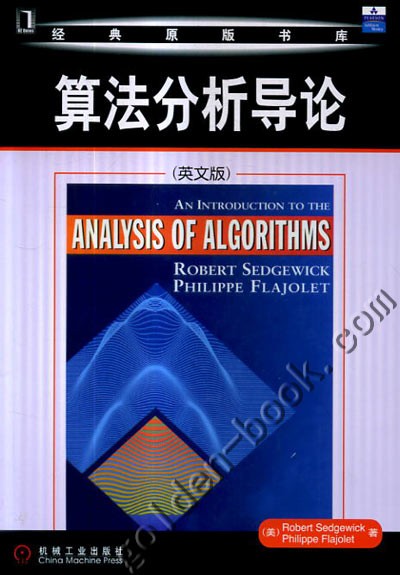An Introduction to Technical Analysis IV
Post on: 30 Май, 2015 No Comment

Common Patterns
Technicians look for certain patterns in the belief that history tends to repeat itself. Two of the most common patterns are the head and shoulders and the double top.
The head and shoulders consists of 3 peaks, with the center one (the head) being highest. The line through the two troughs represents the neckline. The volume is generally heavier on the first shoulder than the second. Once this is broken following the 3rd peak it is considered bearish with the distance from head peak to neck being the target (ie the amount the price is expected to fall once neckline is broken).
The double top is formed by 2 peaks and a valley and resembles an M (or W when reversed). The price after the second peak falling below the valley is a bearish indicator. The double top is considered less reliable than the head and shoulders. Both head and shoulders and double top are also applicable when reversed.
There is no logical reason why patterns should work other than numerous technicians observing and acting upon them, ie if they do work it is because they are self-fulfilling prophesies. For this reason it is probably advisable to avoid trading on patterns alone unless backed up by other technical or fundamental signals.

There is no single best approach to trading. Each trader is unique, traces with different objectives, and optimizes success in different ways. The tools of technical analysis are worth knowing, especially for those engaged in relatively short-term trades, eg as typical in the foreign exchange (FOREX) markets. No single indicator is perfect, and as such none should be used in isolation. Experiment with each, discover which are most effective within your own particular trading strategy. Avoid relying on any indicator in isolation. Instead consider your favorites alongside a knowledge of current fundamentals plus plain intuition.
Recommended Reading
Technical Analysis: Power Tools for Active Investors Gerald Appel. One of the worlds most respected technical analysts presents a complete course in forecasting future market behavior through cyclical, trend, momentum, and volume signals. Unlike most technical analysis books, Gerald Appels Technical Analysis offers step-by-step instructions virtually any investor can use to achieve breakthrough market success. Appel illuminates a wide range of strategies and timing models, demystifying even advanced technical analysis for the first time. He presents technical analysis solutions for short-, intermediate-, and long-term investors, and even for mutual fund investors. Many of the strategies and models he presents have never before been published.
Technical Analysis of the Currency Market: Classic Techniques for Profiting from Market Swings and Trader Sentiment by Boris Schlossberg. Global currency markets combine unparalleled leverage, high short-term volatility, low execution costs, and significant long-term trends in an atmosphere of laissez-faire regulatory oversight to create the nearly perfect trading environment. Multinational corporations and multibillion-dollar hedge funds have long relied on these markets to efficiently hedge risk while taking advantage of its many rapid profit opportunities. Many of todays most successful traders garner the bulk of their profits in the currency market. Technical Analysis of the Currency Market will show you how to eliminate costly learning-curve mistakes and—whether you are new to currencies or a seasoned trader—give you the skill and confidence you need to carve out a small but profitable niche in the global currency market.














